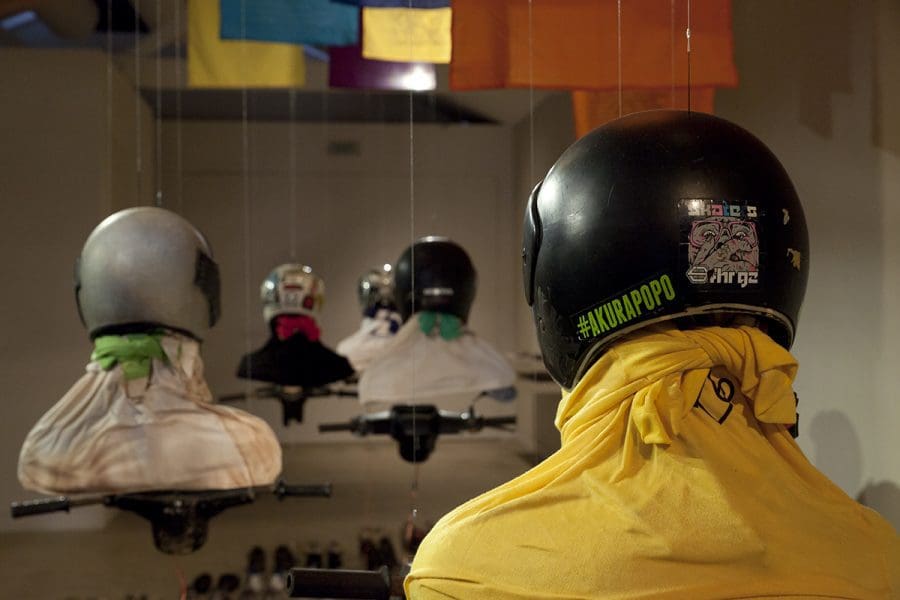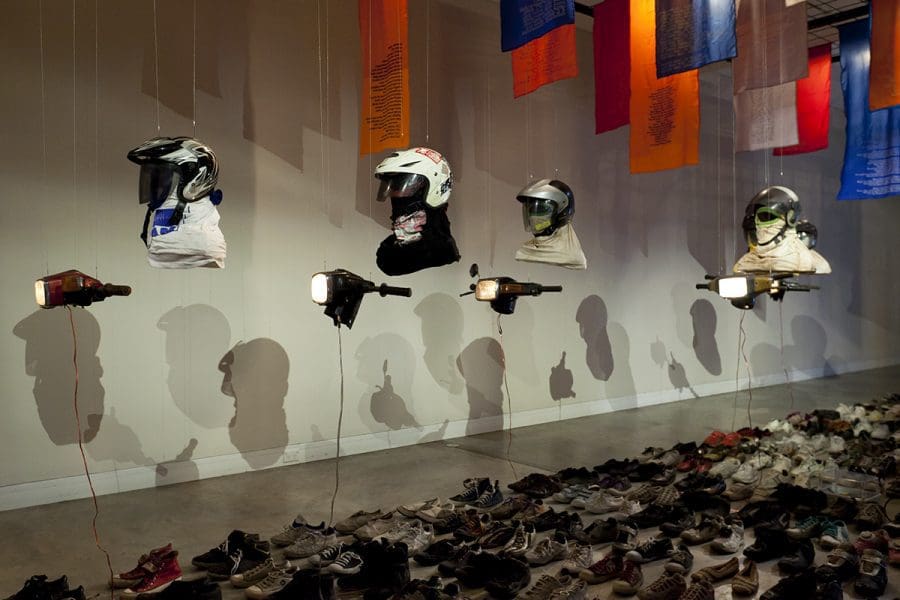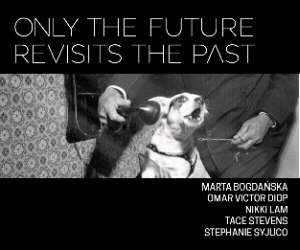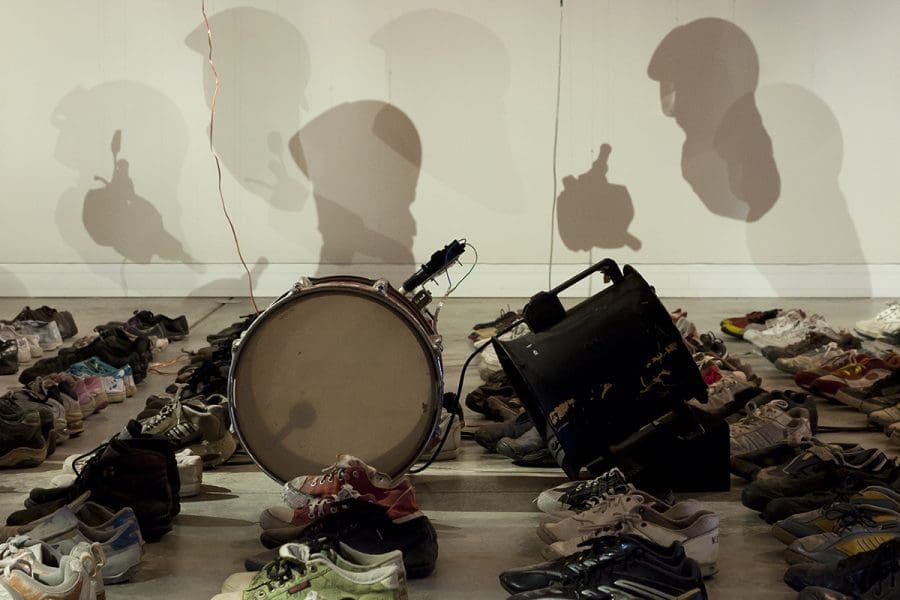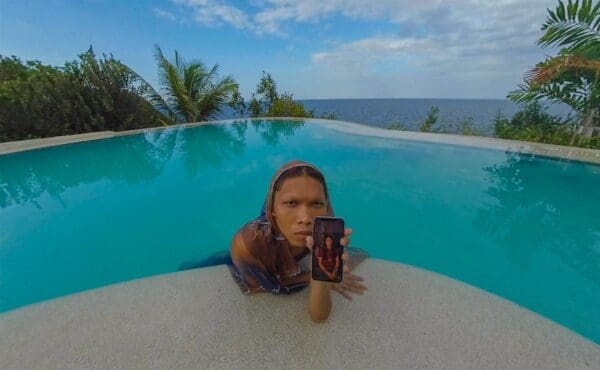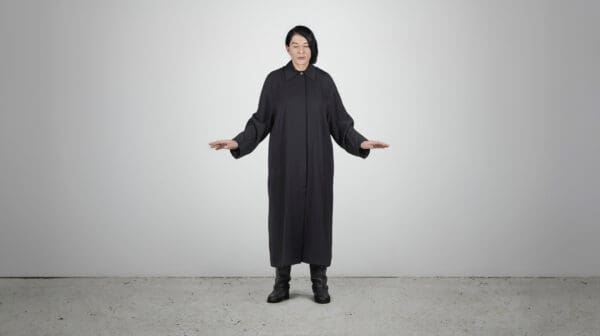
Talking pageantry with Scotty So
Endlessly inventive, the work of Hong Kong-born, Melbourne-based artist Scotty So spans photography, painting, video work, and drag performance. With a dual exhibition at the Art Gallery of Ballarat, So talks about pageantry, begonias and queens.



